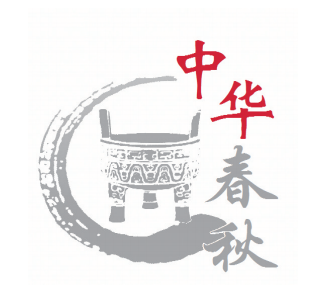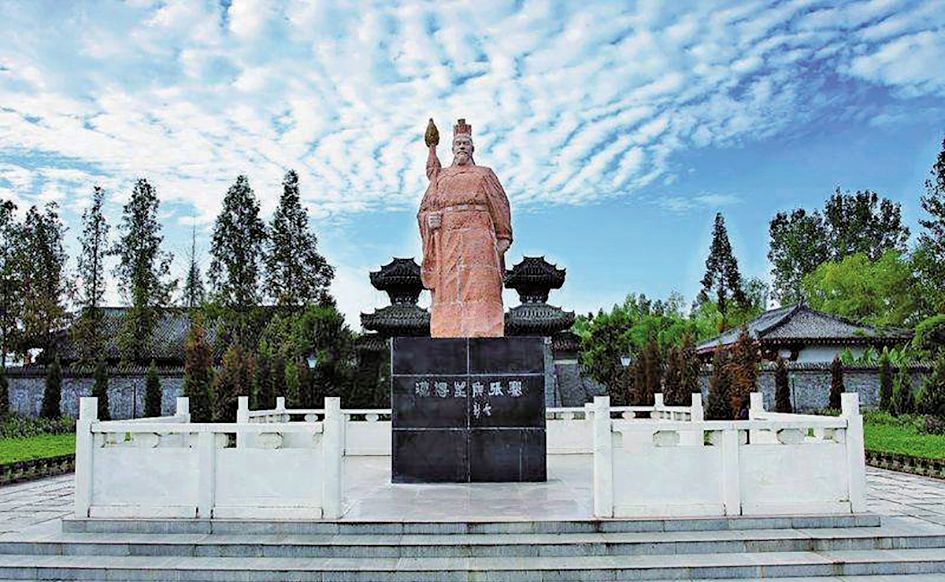Anping Bridge: The longest ancient stone bridge in ancient times
Author:Study time Time:2022.08.28


The Chinese bridge has a special status in the history of the world bridge architecture. The development of the Chinese bridge mainly goes through four stages: the first stage is mainly from Shang and Zhou and Spring and Autumn. This is the founding period of ancient bridges. At this time Outside the Tingbiao Bridge, there are two forms of Liangqiao and Pont Bridge. The second stage is dominated by Qin and Han. It is the development period of ancient bridges. Qin and Han are a dazzling development stage in the history of my country's architecture. The third stage is the stage of paving the period of the two Jin, Northern and Southern Dynasties and Sui Sui, and the prosperity of the Tang and Song dynasties. This is the heyday of the development of ancient bridges. The level of science and technology was very developed and was the most advanced country in the world at that time. The fourth stage is the Yuan, Ming, and Qing dynasties. This is the saturation period of the bridge development. At this time, some ancient bridges were maintained and transformed, leaving many construction description documents for the construction of bridges.
Chinese bridges mainly include four basic bridges: Liangqiao, Floating Bridge, cable bridge and arch bridge. Depending on the different architectural materials and structures, there are also wooden bridges, stone bridges, stone pier bridges, drilling bridges, pole bridges, sharp arch bridges, counters of cross bridges, boardwalks, flying pavilions, and so on. These forms of ancient bridges seem to be complicated. In fact, they are very early. Basically, they have begun to take shape in the Han Dynasty. Therefore, China is a veritable "country of the bridge".
There are many world -famous bridges in China, such as Zhaozhou Bridge in Hebei, Guangji Bridge in Chaozhou, Luogou Bridge in Beijing, and Luoyang Bridge in Quanzhou. They represent the first -class level of the construction of ancient Chinese bridges and use it to this day. These bridges show the characteristics of bridges in each era and localities. Among them, the famous bridges of Chaozhou and Quanzhou represent the functional characteristics and creation style of the southern bridge, especially the Quanzhou region. As Quanzhou has become the world's marine business center during the Song and Yuan Dynasties, it is the "world largest port" in Marco Polo's eyes. Its shipping transportation technology represented the advanced level of the world during the Song and Yuan Dynasties, and its corresponding bridge -making technology is also quite superb. Quanzhou not only has Luoyang Bridge, but also a famous ancient bridge Anping Bridge.
Anping Bridge is the longest ancient stone bridge in China. Because of the length of about 5 miles, it is commonly known as the "Wuli Bridge". It has enjoyed the reputation of "the bridge of the world without bridge in the world" in the past thousand years. Anping Bridge belongs to the ancient Lianliang Flat Pingqiao in ancient China. It was built in the eight years of Shaoxing in the Southern Song Dynasty (1138) and was completed after 13 years. The bridge is 2,300 meters long, and the bridge is 4 meters wide. The bridge surface is paved with giant slate, and there are stone railings on both sides. The bridge pier is built in three forms: long -striped stone and square stone horizontal vertical and vertical and vertical and vertical vertical masonry. On both sides of the bridge, there are stone towers and stone carving Buddha statues. The east of the bridge has a "over -the -purpose pavilion", the "Surabaya Pavilion" in the middle, and the "sea tide" on the west of the bridge. There are five pavilions on each side of the two ends for a total of five gazebo for tourists to rest. The western bridge pavilion has a renovation inscription on the Qing Dynasty, and there is a five -story hexagonal pavilion -like imitation wood structure white tower in the east end.
At the beginning of the Southern Song Dynasty, with the prosperity of Quanzhou's overseas transportation, the status of Anhai Port was even more important. When the bridge was not built, it was dependent on Zhou Du. According to Zhao Lingzhang, Zhizhou, Quanzhou, "The Ark and the Ji of the Hurds, Hurds Waves, and Conflict. The difficulty of ferry has seriously affected the carrier of goods in the port area, and restricted the further development of local transportation, economy, and society. The local people have a common wish to build a cross -sea bridge as soon as possible. When both funds and manpower are available, the local government organizes craftsmen and people to work together to build this "Wuli Bridge".
The construction of Anping Bridge has absorbed the bridge construction method of Luoyang Bridge, and has innovated. The method of "Sleeping Wood Sinking" is used to carry the stone slab with a boat during the tide. The big stone bridge board is placed on the top of the bridge pier. After the bridge is completed, the bridge pier is used to cultivate oysters. After the oysters grow, the shell burybags are covered with the bridge pier, which can reduce the scouring and weathering of the waves. This is the advanced infrastructure bridge technology accumulated and developed in a large number of bridge construction practices driven by marine trade.
Anping bridge pier builds three types: growth square, single -pointed ship shape, and double -pointed ship shape. Because the Hong Kong Road is deep and shallow, the water flow is slow and urgent. According to local conditions, the designer is based on the velocity and flow of the tide floods and the direction of the flow, and the position and shape of the bridge pier is set to build a rectangular pier in the shallow waters where the water flows slowly. It can be seen that the wise southern Fujian people could cleverly use the tidal rise and fall laws at the time, distinguishing different parts, and adopting the pier structure with different shapes to ease the impact of the water flow.
Ling Bo lying in the rainbow, flying rack Bitao, Anping Bridge is like a jade dragon crossing the rippling bay. In the age of "Zhouqiao Water Road", Anping Bridge played an extremely important role in the field of business circulation. As an important port on the ancient Quanzhou Hong Kong Maritime Silk Road, it was proud of yesterday.
Bridge expert Mao Yisheng admired in the text of "Anping Bridge": "This is the only one in the ancient bridge of the world." Guo Moruo wrote a poem "Seven Laws · Yong Wuli Bridge": Wuli Bridge becomes on the land bridge , Zheng Fan's old mansion completely disappeared. Heroes have eternal ages, and the spirit of labor is nine. I don't believe Junmo Real Dream Vinegar, I love to see the cake. Who knows the poetry of the restoration, open the first one of Jing Zhen.
• END •
The article is published in the "Learning Times" August 26, 2022 Edition 8 edition
Editor in this issue: Zhai Yueying
- END -
The "Red Friendship" Lecture Hall of Ganjiakou Street, the Party School of the Haidian Dis
On June 8th, the district party school Ganjiakou Street grassroots school held the Red Friendship lecture hall party member training course, inviting the director of the Party School Party History a
Guarding the "Silk Road" and "Bo Wang" inheritance

Bowang is taking its ability to look widely. Yan Shigu in the note of Han Book bel...